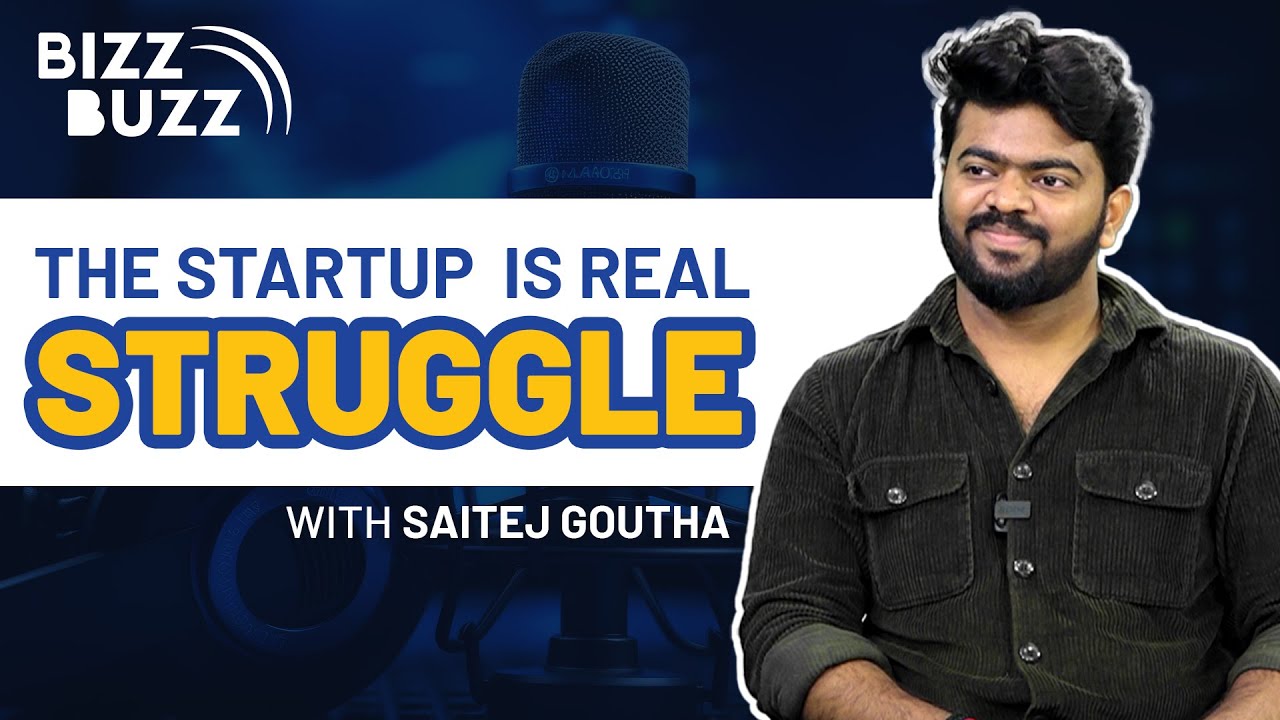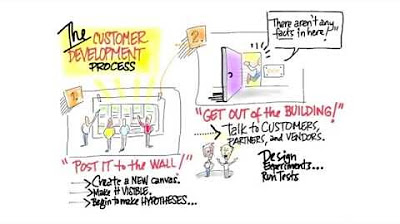Why 90% of Startup CEOs Are Failing | John Kim Sendbird
Summary
TLDRJohn, CEO of Sendbird, emphasizes the importance of customer interaction and product-market fit for startups. He advises founders to commit to their ideas for at least a decade and balance product development with customer feedback. John shares insights on building a strong company culture, learning from others' experiences, and having a long-term vision to achieve success. He reflects on his journey, including the challenges of expanding to the US market against all odds.
Takeaways
- 🗣️ Founders should talk to 3-5 customers daily to gain insights and validate ideas.
- 🔍 Networking and attending events are secondary to understanding customer needs and building a strong product.
- 🚀 John, CEO of Sendbird, emphasizes the importance of product-market fit over other activities in the early stages of a startup.
- 🤔 Founders should choose ideas that align with their strengths and be prepared to commit to them for the long term.
- 💡 It's crucial for founders to balance their natural biases, such as focusing on product development, with the need to engage with customers.
- ⏰ The early days of a startup should prioritize rapid iteration and customer feedback to find product-market fit.
- 📈 Sendbird's success is attributed to a strong focus on customer communication and quick response to feedback.
- 🌐 Culture is described as an 'organizational superorganism' that is greater than the sum of its parts, reflecting collective habits and values.
- 🔁 Culture is hard to change and evolves slowly, influenced by daily operations and decision-making within a company.
- 🛠️ For rapid company growth, it's essential to learn from others who have already achieved the next stage of success.
Q & A
How many customers should a founder talk to daily according to John?
-John suggests that founders should be talking to 3 to 5 customers a day.
What is Sendbird and what does it do?
-Sendbird is the world's leading Conversations platform for mobile applications, powering a quarter billion users monthly and enabling messaging for major applications like DoorDash, PayPal, Reddit, Yahoo!, Fantasy Sports, and Krafton.
How many employees does Sendbird have and in how many countries are they located?
-Sendbird has over 340 employees globally and is located in seven different countries.
How much funding has Sendbird raised and what is the company's valuation?
-Sendbird has collectively raised over $220 million in funding, which values the company over $1 billion.
What is the common mistake John observes in first-time founders when choosing ideas?
-First-time founders often pick ideas that are not aligned with their own strengths, which can lead to giving up too quickly when they realize the challenges are greater than expected.
Why is it important for founders to consider a long-term commitment to their idea?
-Founders should be able to commit to their idea for the next ten years because the process of building a successful product takes time and perseverance.
How does John emphasize the importance of talking to customers?
-John stresses that founders should prioritize talking to customers daily and not just focus on building products or attending networking events without validating ideas with customers.
What is the significance of product-market fit in the early days of a startup?
-Product-market fit is crucial in the early days of a startup because it validates that there is demand for the product, and no other activities matter until this fit is found.
How quickly should a startup follow up with customers after an initial interaction?
-John recommends following up with customers within 24 hours of the initial interaction to discuss next steps or pricing.
What is John's perspective on company culture?
-John views company culture as a superorganism, a collection of people that is greater than the sum of its parts, and emphasizes that culture is like a muscle memory that evolves slowly through iterative feedback loops.
How does John suggest startups learn and grow quickly?
-John advises startups to seek out companies or people one or two stages ahead and learn from their experiences to identify patterns of success and build a path towards achieving similar growth.
What role does the CEO play in a company according to John?
-The CEO's role is to get the strategy right, ensure its execution, onboard the right teams, and manage resources such as fundraising or resource allocation.
Outlines

This section is available to paid users only. Please upgrade to access this part.
Upgrade NowMindmap

This section is available to paid users only. Please upgrade to access this part.
Upgrade NowKeywords

This section is available to paid users only. Please upgrade to access this part.
Upgrade NowHighlights

This section is available to paid users only. Please upgrade to access this part.
Upgrade NowTranscripts

This section is available to paid users only. Please upgrade to access this part.
Upgrade NowBrowse More Related Video

Startup terms you need to know in 2021 | Ankur Warikoo | Startups in Hindi | VC Lingo

How to Find Product-Market-Fit as Fast as Possible (CEO Explains)

A quick chat || Inside the startup world with Saitej Goutha || #BizzBuzz exclusive

Starting a SaaS business: Everything you need to know

The Customer Development Process. 2 Minutes to See Why

Week 10 Masterclass- Victoria Daet: Strategic Growth Blueprint
5.0 / 5 (0 votes)